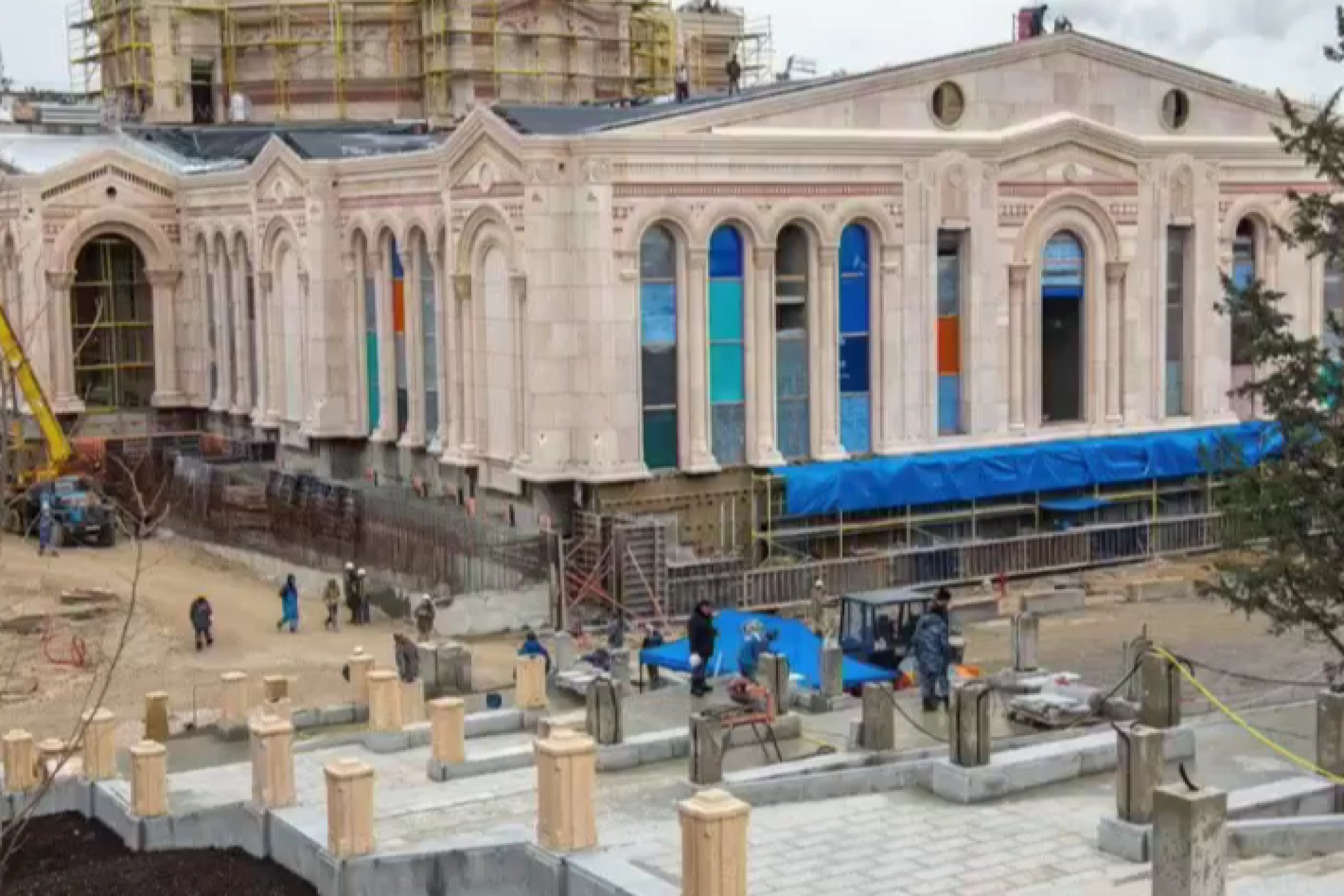Russia has significantly altered the Chersonesos Taurica in Crimea, a UNESCO World Heritage site of immense historical significance, according to Evelyn Kravchenko, a senior researcher at the Institute of Archaeology of the National Academy of Sciences of Ukraine. Founded 2,500 years ago in the city of Sevastopol, currently under Russian occupation, authentic archaeological remains have been replaced with a modern theatre.
The Chersonesos Taurica, dating back to ancient times, provides insights into ancient organizational systems. It is Crimea's only UNESCO World Heritage site, notable for its architectural layout designed by the Greek urban planner Hippodamus. The site's grid-like streets intersect at right angles, reflecting its role as a democratic state and a major trading hub in the Black Sea region during antiquity.

Russian actions have included removing genuine artefacts from museums and establishing the "New Chersonesos" archaeological park. This initiative has involved demolishing original structures and relocating excavated artefacts. Controversially, it includes the construction of a cathedral named after Saint Vladimir, associated with the Moscow Patriarchate, within the ancient citadel.
Since the early 2000s, Ukrainian researchers have advocated for preserving Chersonesos Taurica as a unified archaeological park, aiming to protect not only specific sections but the entire site.
In May 2023, the Office of the President of Ukraine in Crimea reported that Russian forces had plundered the Chersonesos Taurica museum, seizing Byzantine gold and various artefacts made from bone, clay, and other materials.
Chersonesos Taurica, an ancient city-state in southwestern Crimea, founded 2,500 years ago, was declared a National Reserve in 1892. It was inscribed on UNESCO's World Heritage List on June 23, 2013, during the 37th session of the World Heritage Committee in Cambodia. The site encompasses remains of a city established by Dorian Greeks in the 5th century BC on the northern shores of the Black Sea, featuring urban remnants and agricultural lands divided into numerous chora, equal-sized rectangular plots.


